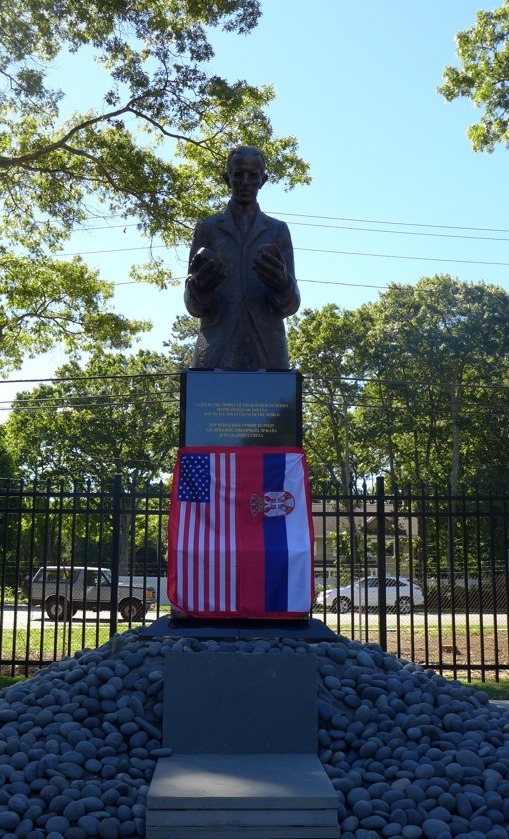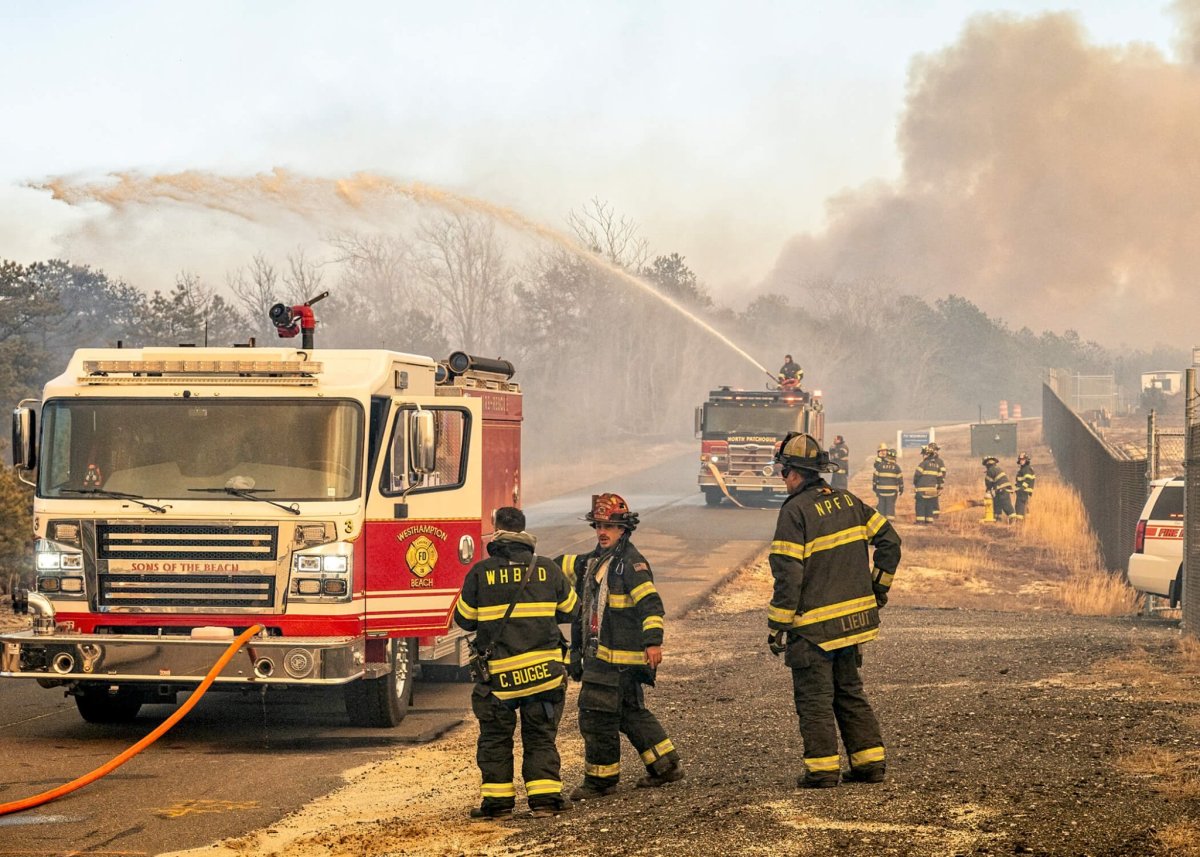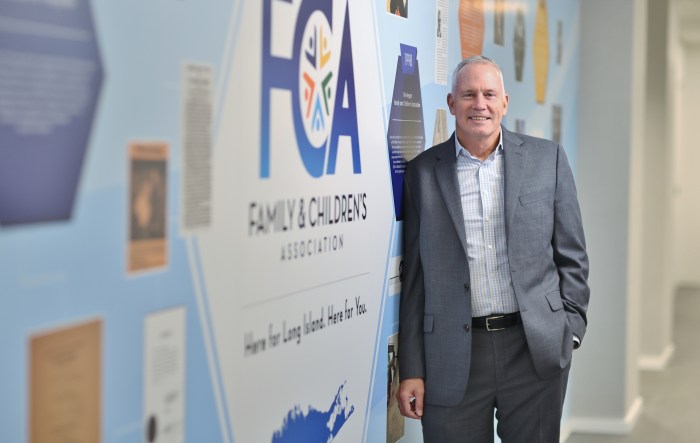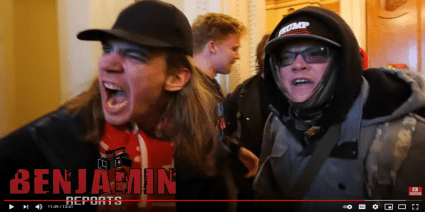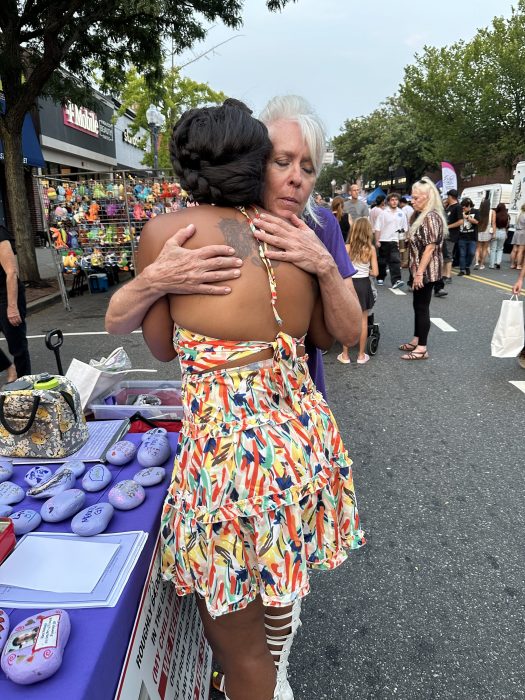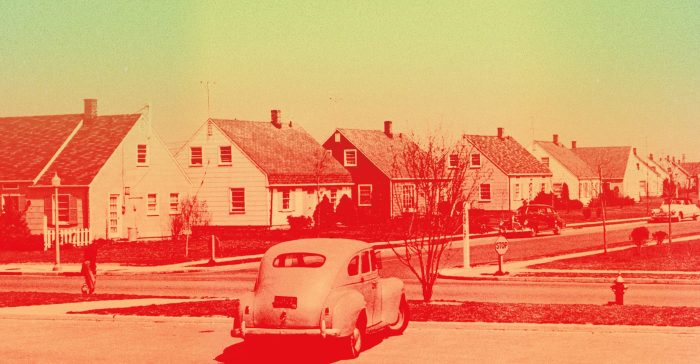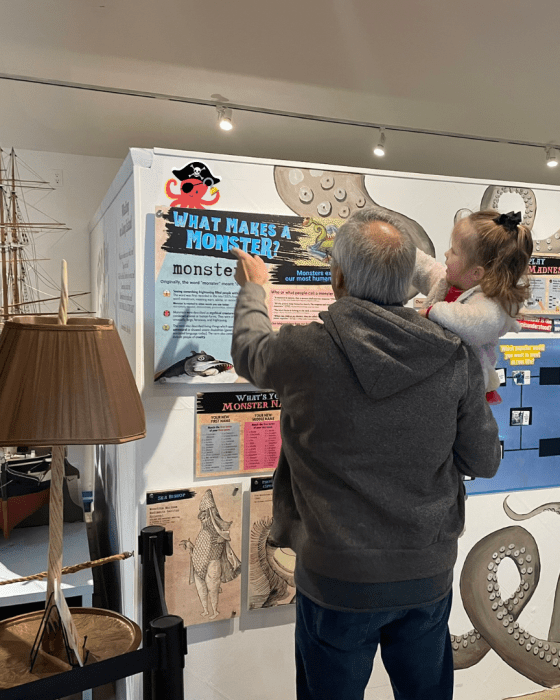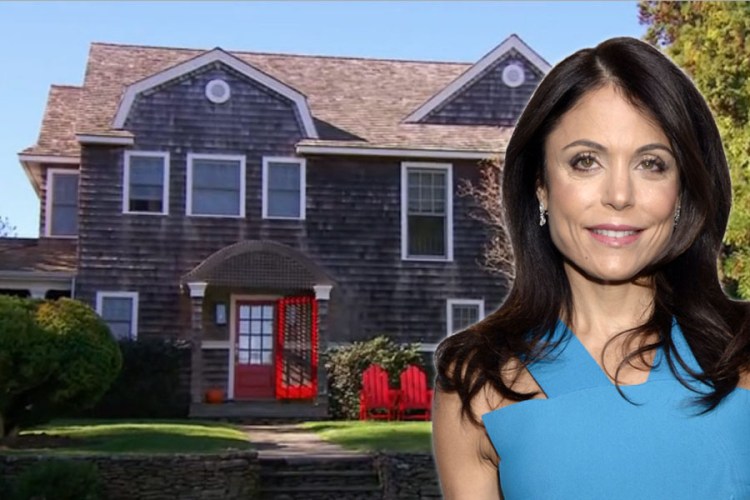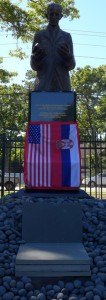
Hundreds of people gathered in Shoreham on Monday as the Republic of Serbia unveiled a monument to honor Nikola Tesla at the site of Wardenclyffe, the last standing lab where the famed Serbian-American scientist and inventor had once proposed to send free energy wirelessly around the globe.
The European nation supplied the statue of their native son holding in his hands two gears that interlock. The sculpture was the work of Prof. Nikola Koka Jankovic, a member of the Serbia Academy of Sciences and Arts. The pose was based on a famous photograph, according to Babylon-based filmmaker Joe Sikorski, who was there filming the event for his documentary about Wardenclyffe, “Tower to the People.”
“Were I to have the good fortune to implement at least some of my ideas, it would be for the benefit of the entire humankind,” reads the Tesla quote engraved on the statue in English on one side and in Serbian on the opposite. “If my hopes come true, the sweetest thought would be that it was achieved by a Serbian.”
Engraved in gold lettering on the front of the black stone pedestal are the words: “A gift by the people of the Republic of Serbia to the people of the U.S.A. and to all the citizens of the world.”
The new monument faces the elegant but functional brick building, designed by Stanford White, where Tesla set up shop in 1901. By 1905 his backers had pulled out, and his most ambitious project was over.
But on this autumn day in 2013 Tesla’s spirit was alive and well in Shoreham, indeed the atmosphere was almost electric.
Dignitaries and special guests sat appreciatively on white folding chairs arranged neatly in rows where the tower had once soared 187 feet above Long Island before it was torn down in 1917 and sold for scrap. Now grass grows above a maze of sealed up tunnels that have yet to be fully explored. For this event dozens of flowering potted plants graced the octagonal cement foundation. The Shoreham-Wading River High School String Quartet played music, Serbian performers in traditional costume flanked the statue, and Marina Arsenijevic, “who is huge in Serbia,” said Sikorski (she’s doing the music for his documentary), presented a spirited composition on piano that ended with a lively version of “America the Beautiful.”
Marking the occasion was Matt Inman, the comic creator of The Oatmeal, who had flown in from Seattle to be on hand. “I fell in love with Tesla because of his character,” said Inman, adding with affection that to him Tesla was “a geek.”
Less than a year ago Inman had used Indiegogo.com, a crowd-funding website, to launch what he called, “Operation Let’s Build a Goddamn Tesla Museum.” It sparked enough interest that nearly $1.4 million was raised in a month and a half. Sikorski and his partner, Vic Elefante, who’ve been working together for several years to get their fictional film about Tesla, “Fragments From Olympus,” to the shooting stage, donated all their seed money, about $33,000 to help close the sale.
In the spring, thanks to a state-matching fund, the nonprofit Tesla Science Center bought Wardenclyffe from Agfa Corp., which had used the 16-acre facility to store photo products. Agfa had acquired the industrial property from Peerless Photo, whose chemical processes had left the place so polluted it was a Superfund Site. But to Peerless’ credit, the company had left Tesla’s original building intact.
The ceremony was hosted by Jane Alcorn, president of the Tesla Science Center, and Marina Schwabic, executive director of the Tesla Science Foundation.
One of the more notable luminaries in attendance was William H. Terbo, Tesla’s grand-nephew, a distinguished gentleman with wispy white hair, beaming in the front row seated near Rep. Tim Bishop (D-Southampton).
“Genius lived here; genius worked here,” said the congressman in his brief speech. “With this statue, we ensure that generations to come will know that.”
Tomislav Nikolic, the president of the Republic of Serbia, who’s been in New York this week attending the opening of the UN General Assembly, was very emotional as he recounted Tesla’s humble beginnings in Smiljan, a small village, where Tesla’s Serbian mother, “like the Virgin Mary,” offered her son to mankind. And, thanks to his father’s blessing, Tesla left there to study electrical engineering instead of becoming a parish priest. Among Tesla’s many discoveries—he had hundreds of patents—was the invention of alternating current.
Praising Tesla’s “brave, ingenious theories,” Nikolic announced proudly that “Tesla’s ideas were larger than his time—he was a man of the future.”
After the Serbian president finished his inaugural remarks, he circled the monument and with a solemn flourish, held up a joint flag of the Serbian Republic and the United States, specially made for the occasion, which had been draped over the pedestal. Then he ceremoniously folded the banner and handed it to a woman dressed in traditional Serbian garb as Jack Dimich, an actor impersonating Tesla (he’d also appeared as the inventor in an off-Broadway show he wrote), recited a few uplifting lines.
The last official act of the ceremony took place on the other side of the tower foundation, where two women opened a small wooden cage that had been set up on a table and let three homing pigeons take flight. Tesla, who died almost penniless in 1943, had spent the last years of his life living at the New Yorker Hotel in Manhattan and tending to his pigeons. As the onlookers applauded, the three birds took off into the clear blue sky above Wardenclyffe, where a big black and white poster of the inventor hanging on the doorway flapped gently in the breeze.
And so the Tesla Science Center in Shoreham recorded another milestone that would have made the visionary proud—and would have seemed totally improbable a year ago. When the site will be ready to host a steady stream of visitors is still a long way off.




